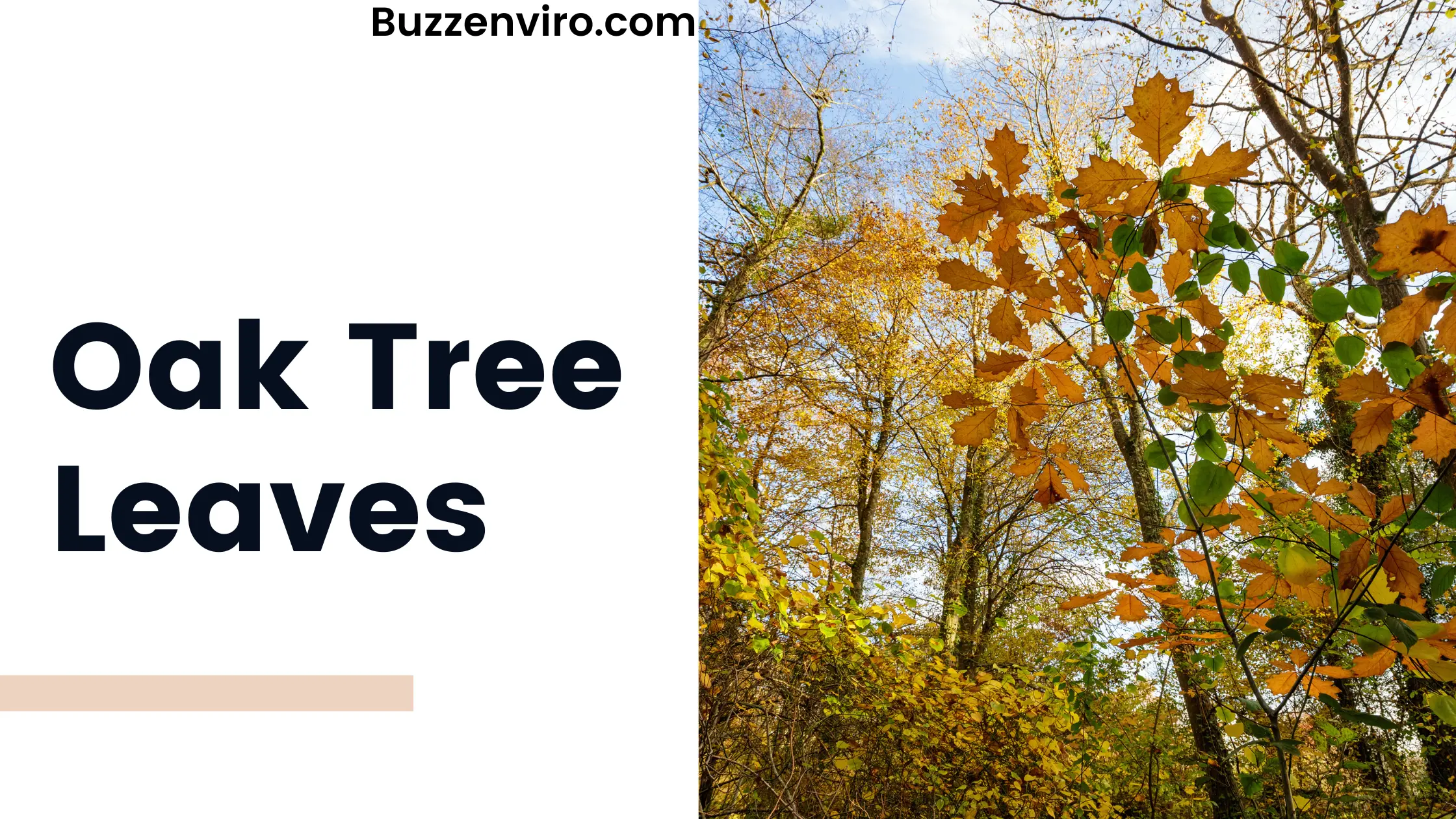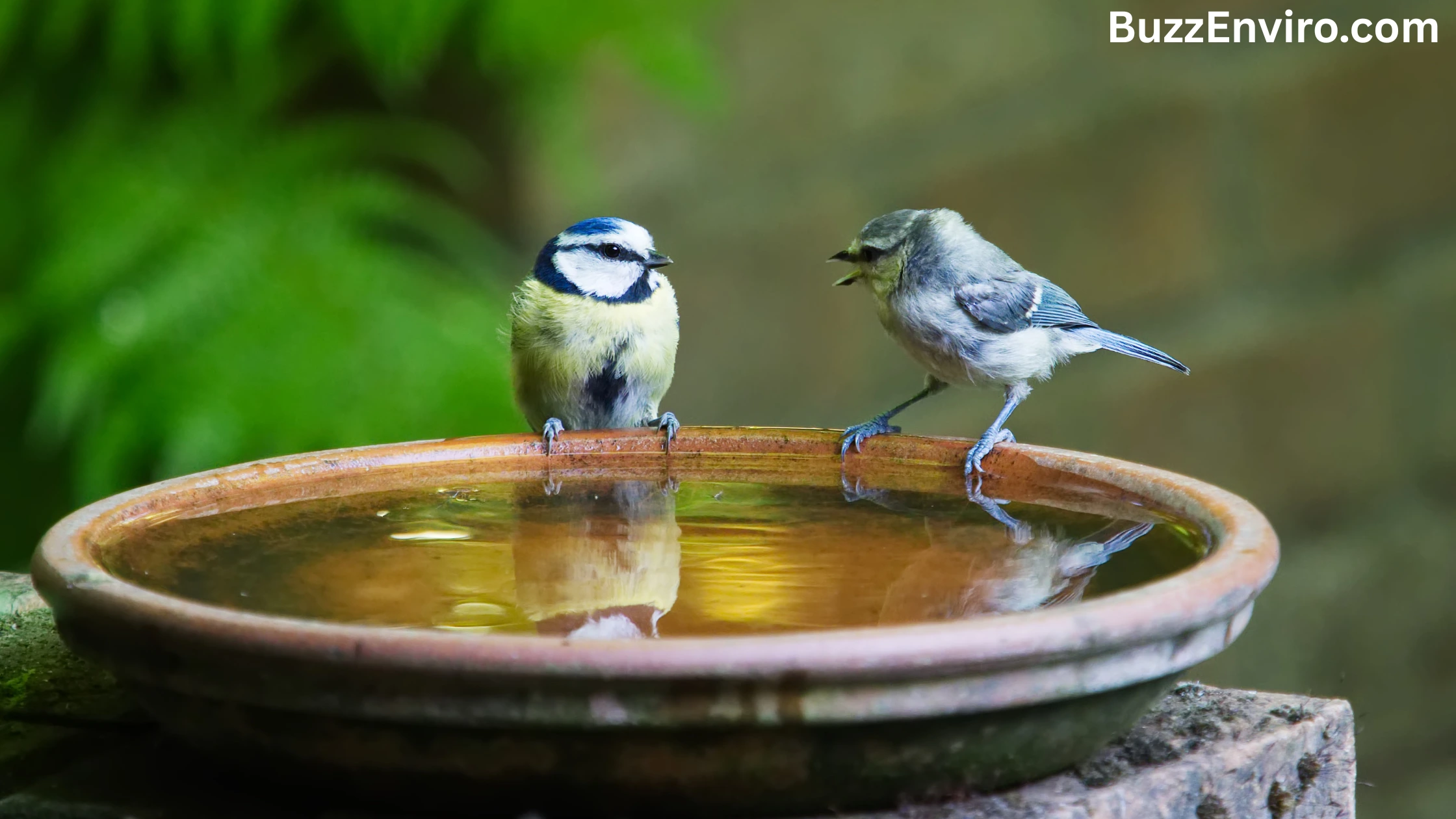The tundra biome plants grow in the coldest biome on Earth and is home to some of the most resilient plants on the planet. These plants can survive and often thrive, in an environment that rarely experiences more than 10 inches of rainfall per year and temperatures as cold as -64 degrees Fahrenheit.
The tundra lies just below the Arctic ice caps and is found in North America, Europe, and Siberia (a large portion of Alaska and almost half of Canada fall within the tundra). The tundra biome plants are well-equipped to survive in this harsh environment. They grow low so they don’t get blown around by the wind, they have waxy leaves to protect themselves from water, and sometimes they even “heat up” with “hair”
What Plants grow in tundra Climate Change
Climate scientists view tundra shrubs as a barometer of the whole Arctic because studies show that shrubs grow more when the temperature rises. The growth of shrubs not only tells us something about warming, but it also tells us something about climate change. The bigger and taller the shrubs get, the more likely they are to affect soil temperatures, thaw permafrost, and even alter the nutrient cycle and CO2 levels in the soil (which affect decomposition and CO2 emissions). Shrubs also block the snow from absorbing heat from the sun’s rays, which can further warm the surface of the Earth.
It’s not just from a botanical point of view that educating people about these rare plants is important; it’s essential for maintaining the balance between tundra life and the other interconnected ecosystems of the planet.
10 Common Tundra Biome Plants
1. Arctic Willow (Salix arctica)

Creeping arctic willow is native to North America and has adapted to the tundra that’s why it is known as Tundra Biome Plant and is creating its own natural insect repellent to repel pests. It has a shallow root system and produces long, fuzzy hairs on its leaves to resist the elements. Although the species comes in a variety of shapes and sizes, it can be found in most tundra areas. It typically grows from six to eight inches tall and has long, trailing stems that root to the ground. Its leaves have an oval shape and a pointed tip, and the flowers are spiky and lack pedals.
2. Dwarf Willow (Salix herbacea)

The snowbed willow is also known as the dwarf willow. It is one of the smallest trees on the planet, reaching only about two inches in height. Its small size makes it well-suited to the tundra’s harsh climate. Not only does it stay close to the ground, but its leaves grow wide to take in as much sunlight as possible. This willow prefers well-drained rivers and steep rocky slopes. It flowers in red, pink, yellow, and brown.
3. Arctic Poppy (Papaver radicatum)

The arctic poppies can be found across much of North America, from the Rocky Mountains to the New Mexico panhandle. Although the flowers are still colorful, they are lighter than other poppies, helping them blend in with their environment in the Arctic. The arctic poppy has a root system composed of runners that grow across a wide range of surfaces, giving them access to water over larger areas.
4. Cotton Grass (Eriophorum vaginatum)

Cotton grass is an herbaceous perennial that grow tundra biomes. It is characterized by its slender, skinny, grass-like leaves. The stems of cotton grass grow from 8 to 28 inches in height. Cotton grass has three to five clusters of tiny white cotton-like seeds on the tip of each stem. These heads help disperse the seeds in the wind. Dense cottonlike hairs protect the plants from predators and allow them to survive longer. Inuit culture, cotton grass was used as a lamp or candle wick. It was dried out and mixed with seal fat, or caribous fat.
5. Tundra Rose (Dasiphora fruticosa)

Shrubbery cinquefoil or tundra rose is known for its white coloration, yellow coloration, orange coloration, and pink coloration. Tundra roses are known for their hardiness, low maintenance, and ability to withstand the harsh conditions of tundra environments while maintaining vivid and bright colors that attract pollinators. The tundra rose can tolerate drought, erosion, air pollution, and grows in a wide variety of conditions and temperatures.
6. Saskatoon Berry (Amelanchier alnifolia)

Whether you’re looking for beautiful white flowers in spring, vibrant fall leaf colors, or fiber-rich summer berries, there’s something for everyone on the Saskatchewan berry plant. Saskatoon berries look a lot like blueberries, but they’re much less selective about their soil conditions. In fact, they’re actually closer to the apple family than blueberries. Just like apples, the Saskatoon berries ripen even after you pick them. There are many bird species that rely on the berries for food, and in the spring, their pollen and nectar attracts bees and other pollinators.
7. Pasqueflower (Pulsatilla patens)

Pasqueflower plants grow low to the ground like many tundra biome plants. They are covered in fine hairs that help insulate them from the cold, much like animal fur. They can be found all the way from the Pacific Northwest to northern Alaska. They have cup-shaped flowers that are dark purple to white in color. They have adapted to get more sun and bloom earlier. They only grow on south facing slopes and prefer sandy or gravely soil. Early Ingenious Groups used the oil of dried plants as a medicine in small amounts. However, handling or eating the oil fresh can cause serious reactions.
8. Bearberry (Arctostaphylos uva-ursi)

The bearberry is named after the bears that eat its bright red berries. The bearberry is an evergreen plant with a thick bark and fine hairs on the stem. Older stems can be distinguished by peeling or a smooth texture. New stems are redder in color and have smoother hairs. Bearberries grow on rocky outcrops (which protect them from wind damage) and in sand. They can survive in very dry and harsh conditions without needing much in the way of nutrients from the soil. The leaves of bearberry plants are thick, leathery, and dark green. They can reach a height of six to eight inches.
9. Arctic Crocus (Anemone patens)

Arctic crocus flowers is a tundra biome plants that come in a variety of colors, including purple and white, with a vivid orange stamen that draws pollinators. Arctic crocus plants are known for their “fuzzy” stems, buds and leaves, protecting them from strong winds. They also grow close to each other to stay warm, and their roots are shorter to reduce energy consumption and avoid permafrost’s harsh effects.
10. Labrador Tea Shrub (Ledum groenlandicum)

Labrador tea is closely related to the rhododendron and is native to wet bogs and low-latitude wooded areas in the Tundra biome plants. The growing style of the plant is adapted to its specific climate. In the southern tundra, the plant grows straight up to receive the sun’s rays, while in the northern tundra, it grows down to avoid wind and cold. The tea produced by Labrador tea plants is brewed in a way that reduces blood glucose levels and improves insulin sensitivity.
What Characteristics Do Tundra Biome Plants Have to Survive the Harsh Environment?
Here are some of the traits that plants grow in tundra: In order to survive the harsh conditions tundra Biome plants have evolved a number of clever strategies. They have adapted to the arctic conditions of cold, snow, and ice, as well as long periods without water.
1. Shallow roots: 96% of the tundra’s root mass is located in the top 12” of the soil profile. This is compared to only 52-83% in temperate or tropical biomes. This adaptation allows roots to outgrow the permafrost.
2. Low growth: The tundra biome plants are low-growing so that they can be sheltered from strong winds.
3. Waxy Leaves: Waxy leaves play an important role in water retention on tundra.
4. Trichomes are a type of hair that grows on flowers and stems on tundra plants.
5. Cupped buds: To direct the light to the centre of the flower.






